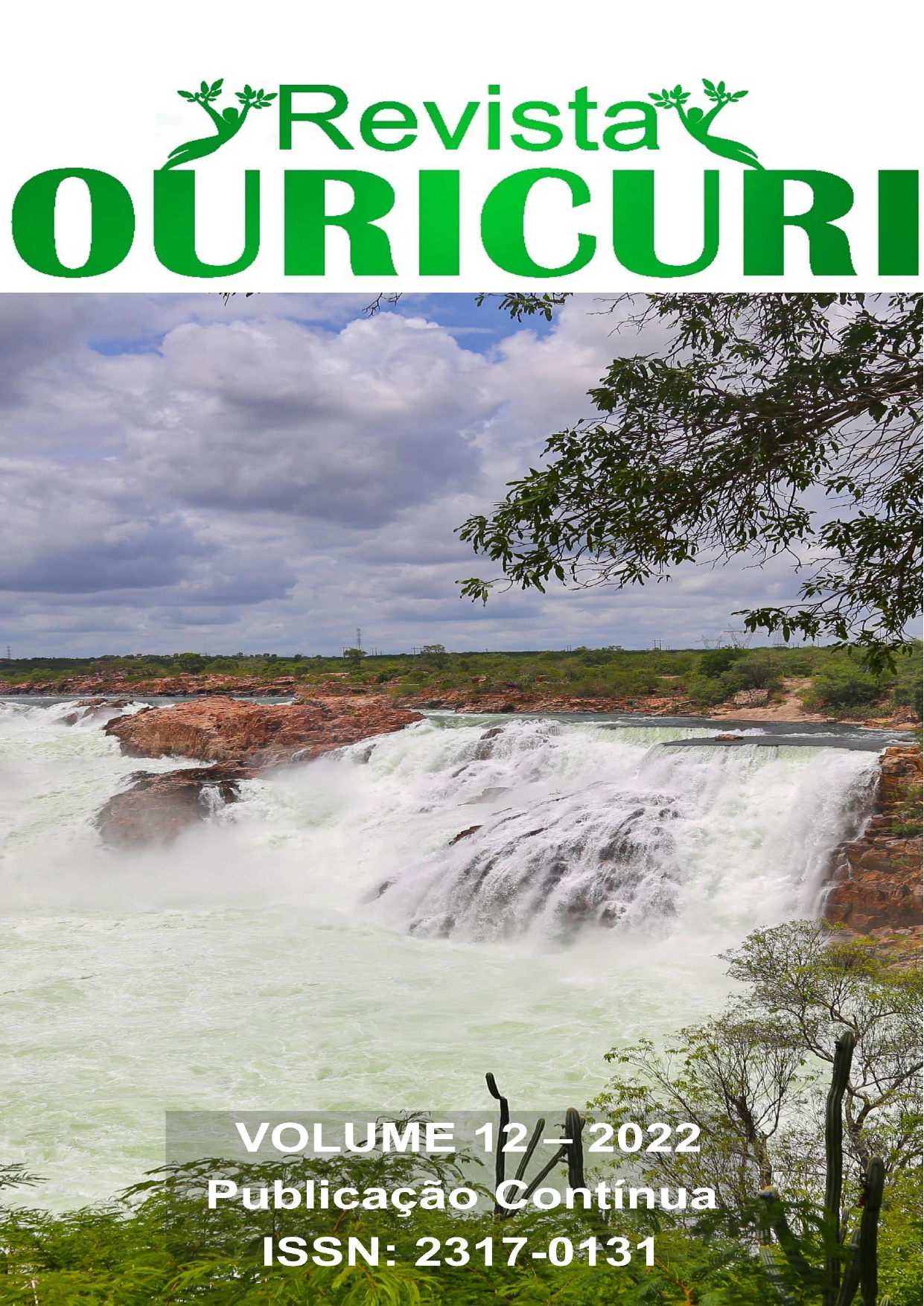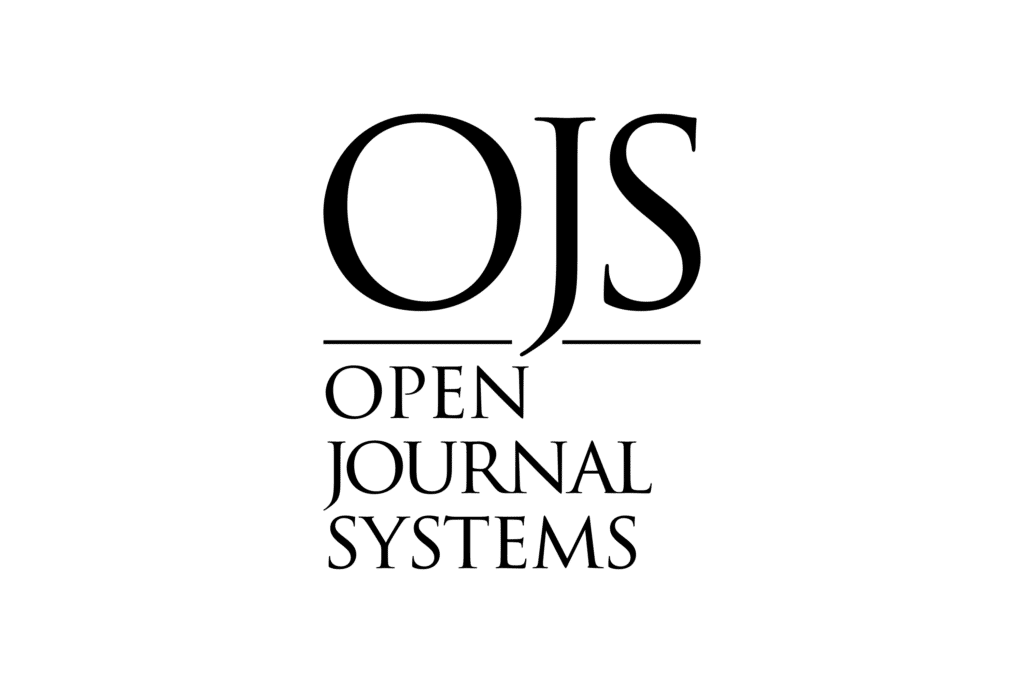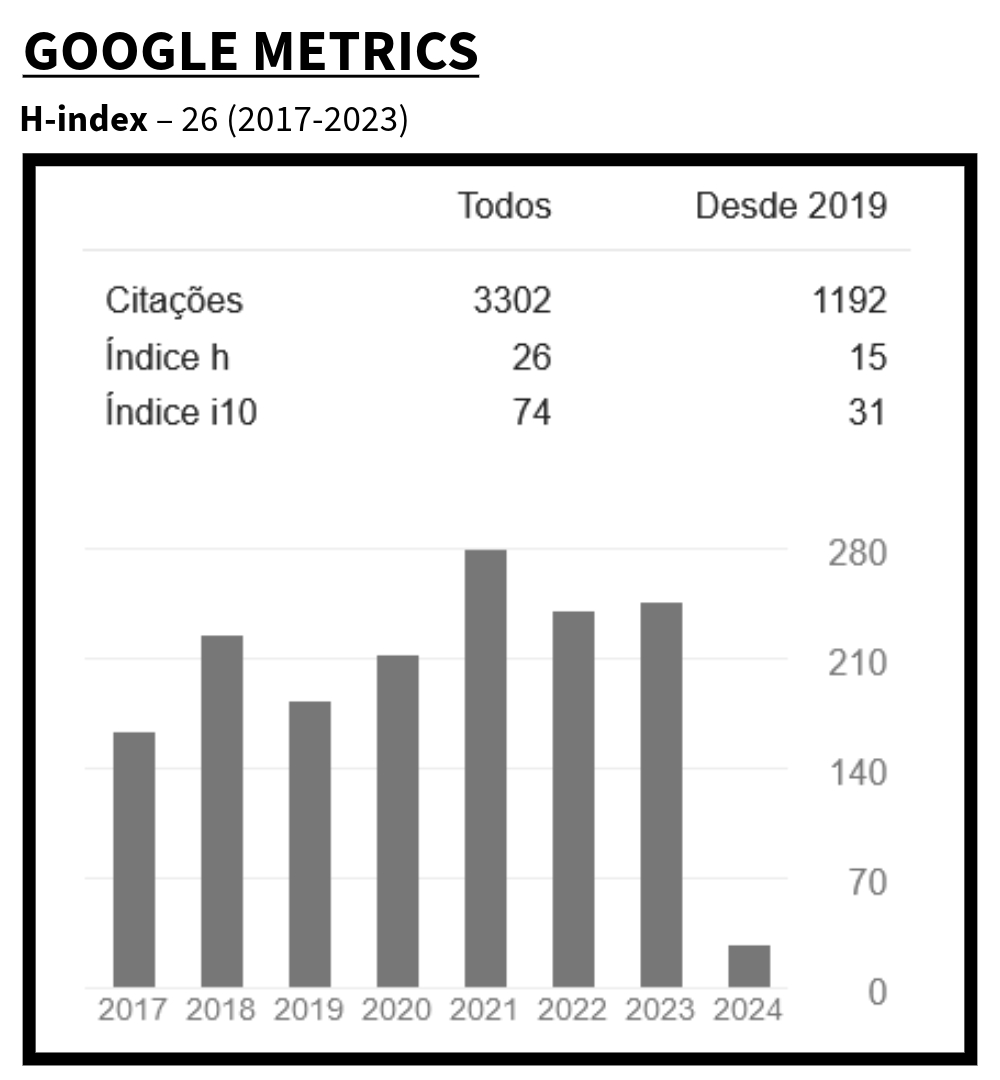D EVELOPMENT OF L. SATIVA SEEDLINGS AGAINST PLANT EXTRACTS:
AN OPTIMIZATION OF EXPERIMENTAL PARAMETERS
DOI:
https://doi.org/10.29327/ouricuri.12.1-5Keywords:
Allelochemicals, Pest Control, Statistical AnalysisAbstract
Invasive plants are responsible for large yield losses of agricultural crops and, for their management and/or control, the main method used isthe us e of synthetic herbicides which, lthough efficient, bring direct and indirect disadvantages that outweigh their benefits, paving the way for research and development of alternative techniques, such as bioherbicides. Therefore, the objective of this study was to evaluate, through a factorial design 2³, which experimental conditions favor the inhibition or reduction of the initial development of Lactuca sativa seeds, studying the variables: concentration, part of the plant and extraction solvent in add ition to your interactions. With this, ethanol extracts were obtained, as well as aqueous extracts from the stem bark and leaves of the species Amburana cearensis, Delonix regia and Tabebuia avellanedae, followed by the realization of the bioassays using the lettuce seeds in front of the extracts in 50% concentrations and 100% in the laboratory. It was evident that for less seed development the species D. regia and T. avellanedae, the extraction solvent was a determining factor, suggesting the use of ethanol and water respectively. In the case of the species A. cearensis, the concentration factor was more relevant, indicating the use of the diluted extract for negative interferences in the radicle and the use of 100% concentration for the aerial part. Factorial planning proved to be a satisfactory tool and given the rults, it can be concluded that the species caused negative interference on the target plant.
Downloads
Downloads
Published
How to Cite
Issue
Section
License
Authors who publish in this journal agree to the following terms:
a) Authors maintain copyright and grant the magazine the right of first publication, with the work simultaneously licensed under the Creative Commons Attribution License which allows sharing of the work with recognition of authorship and initial publication in this magazine.
b) Authors are authorized to enter into additional contracts separately, for non-exclusive distribution of the version of the work published in this journal (e.g., publishing in an institutional repository or as a book chapter), with recognition of authorship and initial publication in this journal.
c) Authors are allowed and encouraged to publish and distribute their work online (e.g. in institutional repositories or on their personal page) as this can increase the impact and citation of the published work (See The Effect of Open Access).













 B1 (2017-2020)
B1 (2017-2020)



















